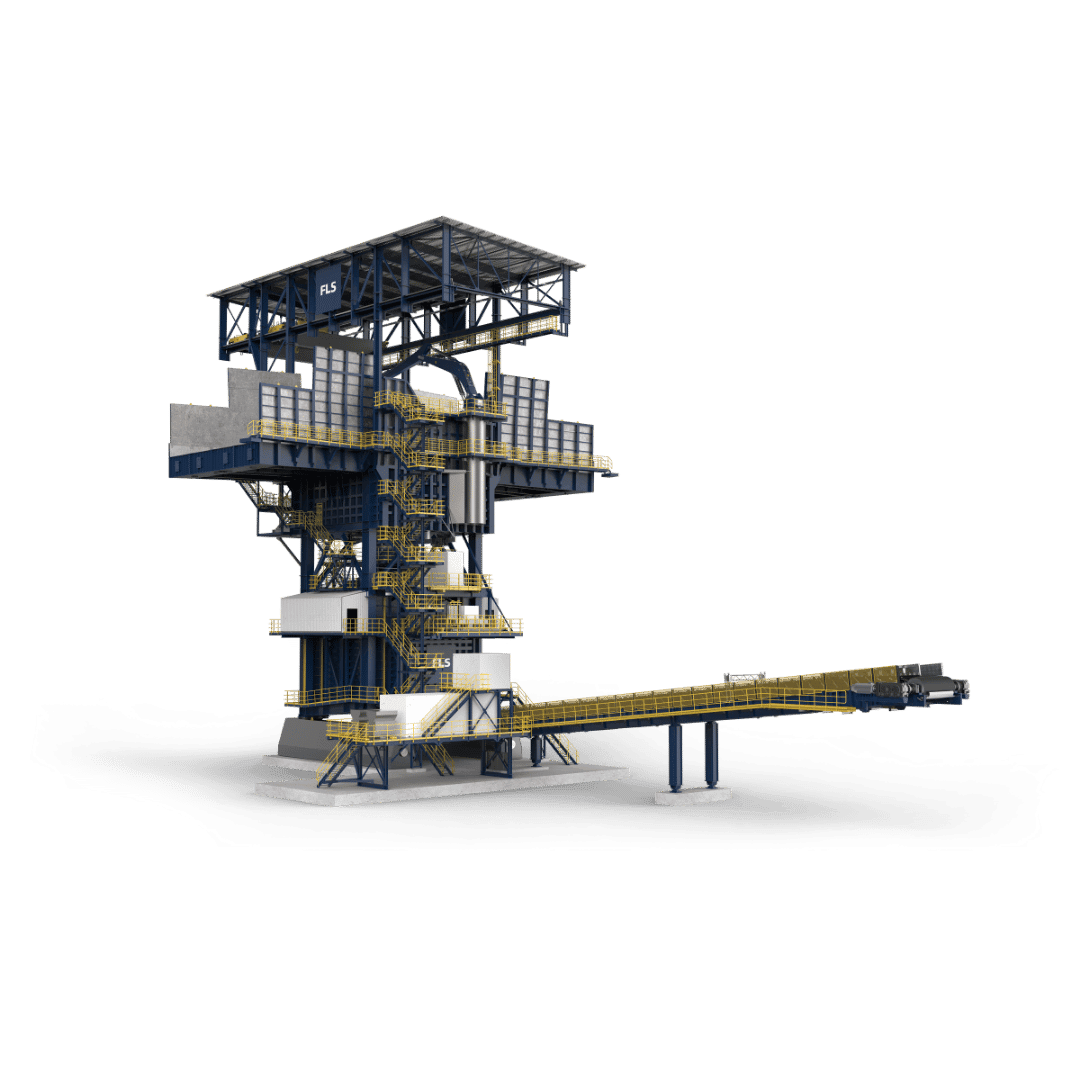Our primary crushing stations
Combining high throughputs with the flexibility of a mobile crushing plant, our primary crushing stations provide an ideal solution for in-pit crushing and conveying operations. We supply both direct- and indirect-fed systems, customised to your application, whether that’s working with soft, medium or hard ores. These modular plants are built on a steel base, which rests on a pontoon, enabling them to be moved at any time using transport crawlers or self-propelled modular transporters.

